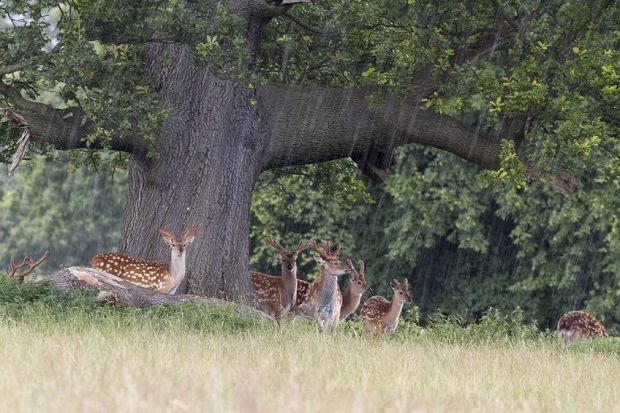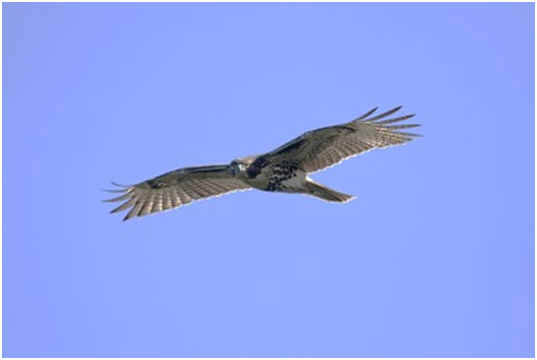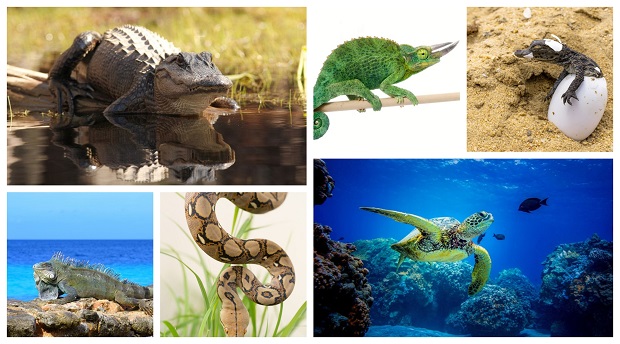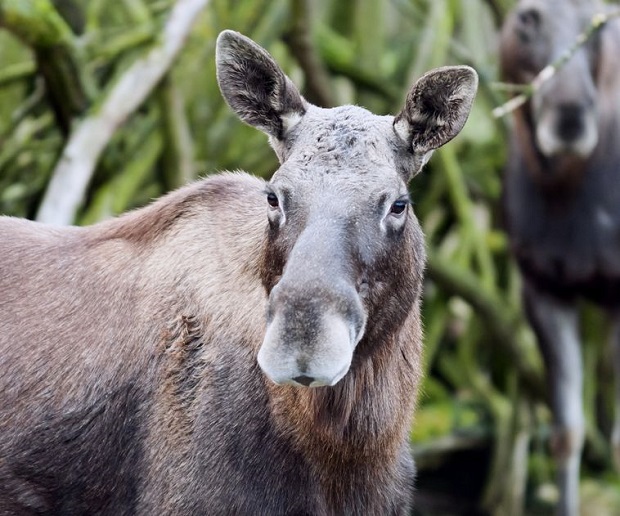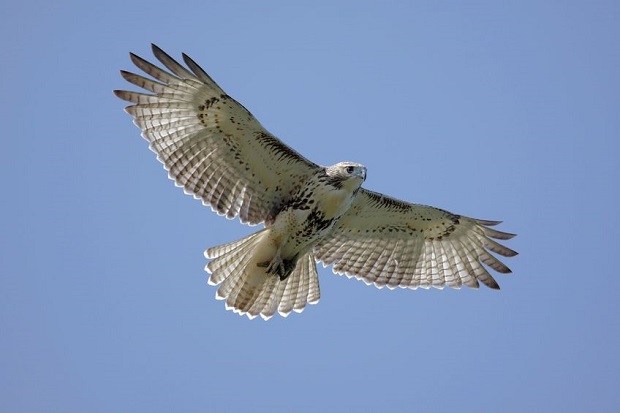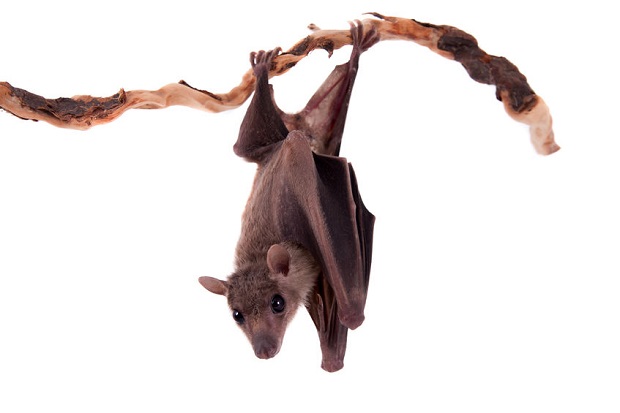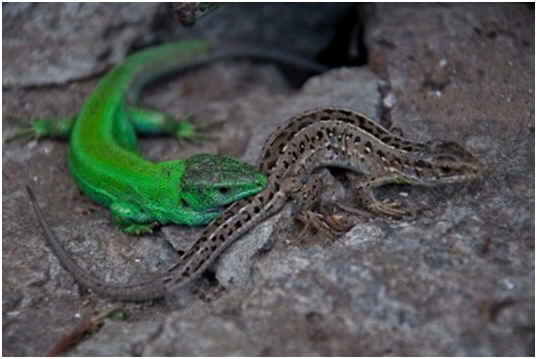
What Do Salamanders Eat?
What salamanders eat depends on whether they are terrestrial or aquatic. Terrestrial salamanders eat common insects such as moths, pill bugs, mosquitoes, fruit flies, bloodworms, and earthworms. Aquatic salamanders eat water fleas, guppies, and small crustaceans.
The Differences in Diet between Terrestrial and Aquatic Salamanders
The diet of a salamander varies widely between land- or water-based amphibians, with land-based salamanders relying on easily available insects and aquatic salamanders relying upon pond-based microorganisms and small crustaceans to substantiate their diet.
Terrestrial Salamander Diet and Hunting Methods
Terrestrial salamanders rely solely on movement to hunt and will voraciously consume any readily available insect. Common insects that make up the terrestrial salamander diet include but are not limited to moths, pill bugs, mosquitoes, fruit flies, bloodworms, and earthworms. For terrestrial salamanders in captivity, mealworms can be used for feeding but do not contain enough nutrients to substantiate a salamander diet fully.
Aquatic Salamander Diet and Hunting Methods
Aquatic salamanders also rely on movement to hunt but heavily depend on odor and touch to feed successfully. Water fleas, guppies, and small crustaceans such as Daphnia or brine shrimp are usually consumed, as well as various other small aquatic animals and worms that can be caught with a net. Live prey is essential in hunting aquatic and terrestrial salamanders, as they are attracted to movement and will not pursue dead prey.
Resources
“Salamanders and Newts.” Melissa Kaplan’s Herp and Green Iguana Information Collection. N.p., n.d. Web. 7 Nov. 2012. http://www.anapsid.org/sallies.html
h “Aquatic Feeding in Salamanders | Stephen Deban – Academia.edu.” Academia.edu – Share research. N.p., n.d. Web. 7 Nov. 2012. ttp://www.academia.edu/599522/Aquatic_Feeding_in_Salamanders
